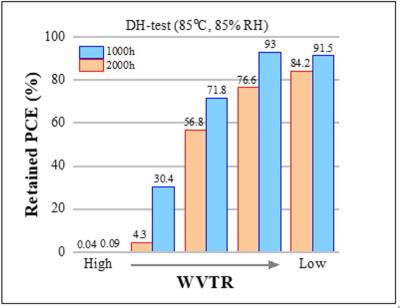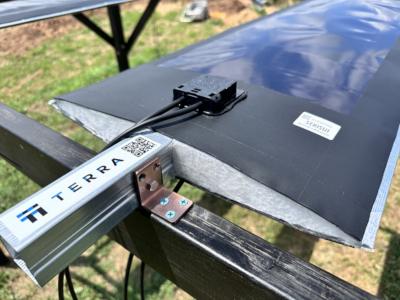Researchers examine the importance of barrier films in maintaining the long-term durability and stability of flexible PSC modules
Researchers from Japan's Ritsumeikan University and Sekisui Chemical have studied the role of barrier films in shielding flexible perovskite solar modules from harsh environmental conditions.
The research team utilized PSC modules made of methylammonium lead iodide (MAPbI₃), which were encapsulated with polyethylene terephthalate substrate with barrier films of varying water vapor transmission rates (WVTR). The PSC modules were subjected to a damp heat test, which utilized exposure of the modules to 85 °C temperature and 85% relative humidity. The conditions were set to simulate real-world outdoor conditions over extended periods.






